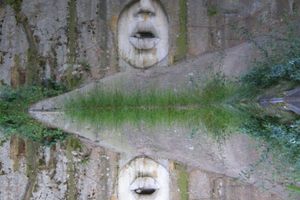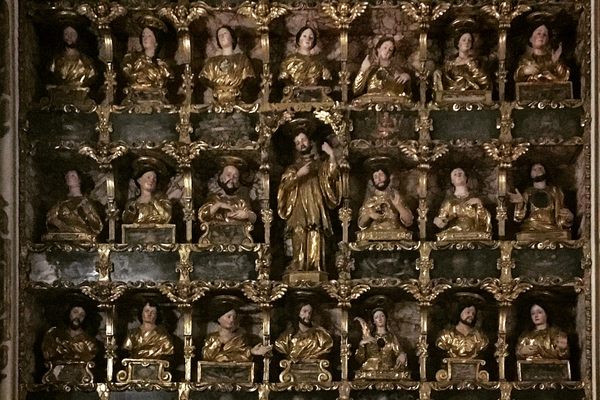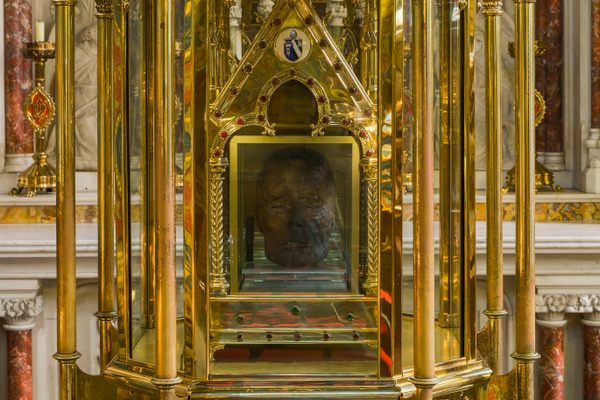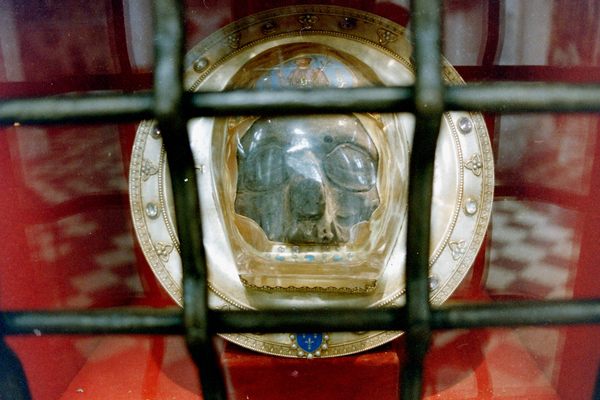About
In the late 17th century, Saint John of Nepomuk's massive silver tomb in St. Vitus Cathedral was reopened after 300 years.
Inside they found something unusual. Along with his long-dead remains, they discovered a reddish sliver of flesh, causing an uproar in Prague. According to the church authorities, they had just found the disembodied, living tongue of St. John of Nepomuk.
According to some, during the time of King Wenceslas IV, St. John heard confession from his queen and was privy to every detail of her life. When Wenceslas prodded the saint for information on his wife, St. John refused and was brutally tortured. After his death, he was cast from a bridge in Prague into the Vltava River. After a horrible drought one year later, allegedly caused by the wrath of God for the saint's death, St. John was discovered and buried in an extravagant tomb in St. Vitus.
When his pulsing tongue was revealed, it was seen as proof of his incorruptibility and sainthood and in 1719, work began on a church. The structure was created in a five-pointed star design was dedicated to him. The church would serve as a pilgrimage site for the saint, and also hold the remains of his tongue, the ultimate tribute to his saintly life. When the church was finally finished in 1727, it stood as an impressive tribute to the unique Bohemian style of Baroque Gothic.
Fifty years after the initial church was completed, a 10-sided star-shaped cloister was built around the site, making the site a unique architectural monument and a UNESCO World Heritage Site as well.
Today, many visitors still come to revel at St. John's reliquary in the church, despite the fact the legend of the tongue has since been debunked. In 1973, scientists analyzed the supposed tongue and discovered that it was in fact part of his brain swollen with congealed blood, which lent the specimen its red color and tongue-like appearance. Of course, a piece of St. John of Nepomuk's brain might be an even better relic than his tongue.
Related Tags
Published
October 17, 2011

























